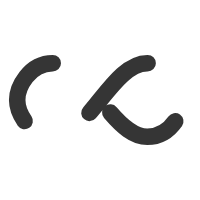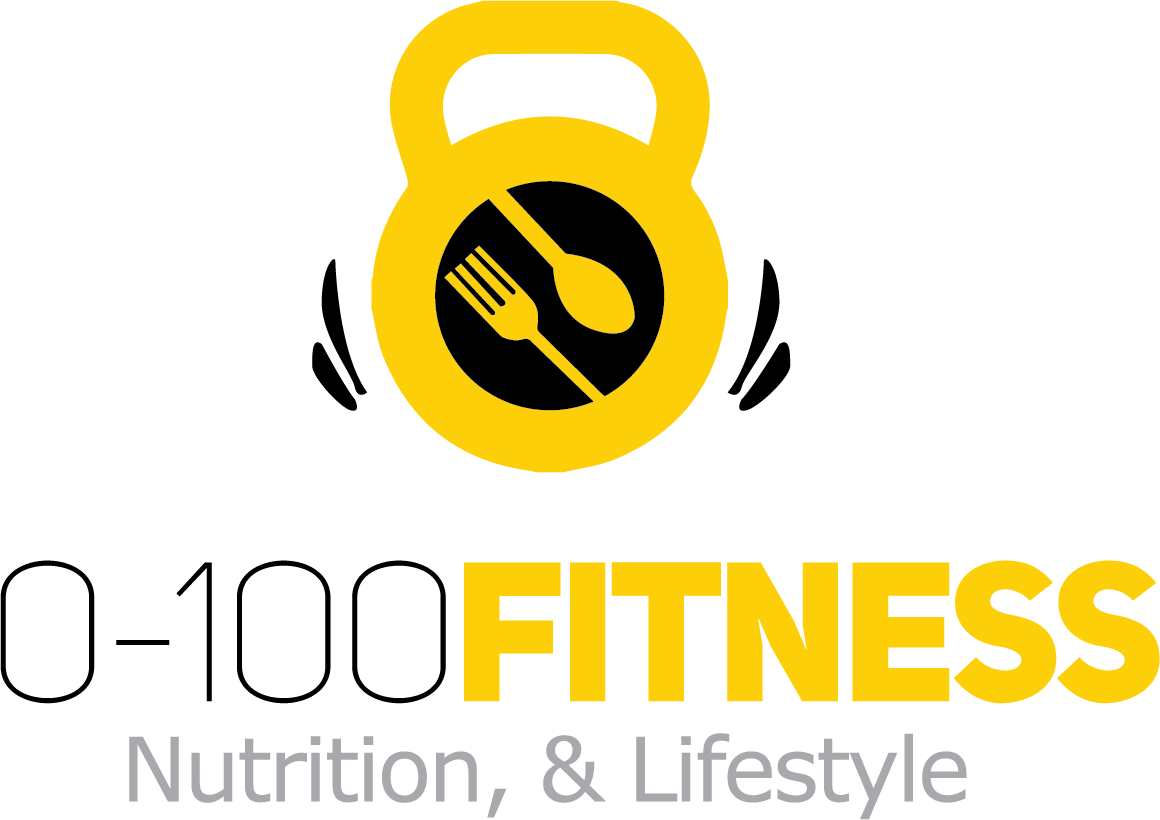Humans come in all shapes and sizes, so it’s only natural to think that different eating plans and training regimens would be more appropriate or effective for people with different body types. Unfortunately, that notion has led to the proliferation of countless long-lasting misconceptions in the fitness industry.
Let’s start at the beginning: Discussions of somatotypes (the scientific term for human body types) are often centered on a notion that all people can be categorized into one of three distinct body types—ectomorph, mesomorph and endomorph—and that somatotyping can be used to make generalizations about how a person should exercise, eat, live and perform physical activity. The reality is that a person’s somatotype attributes can transform over time and people are often a combination of all three somatotypes.
To be clear, the three somatotypes described below have been described in scientific literature, but the placement of a person within a specific category is more complex than one might think. Making the jump from somatotyping to exercise recommendations and dietary considerations often leads to the dissemination of misinformation. This leads to myth making.






